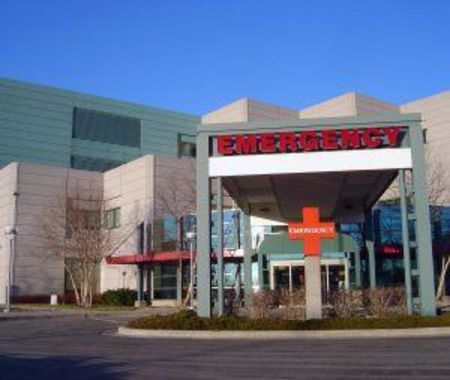Severely injured patients should be transported directly from the scene of an accident to a trauma centre, even if it means bypassing a closer hospital, according to new research that shows this results in a nearly 25 per cent lower death rate.
However, even though 80 to 85 per cent of people in North America live within a one-hour drive or flight of a trauma centre, 30 to 60 per cent of severely injured patients are still taken to the nearest hospital.
Researchers led by Dr. Avery Nathens, trauma director at St. Michael's Hospital in Toronto, identified 11,398 patients who were severely injured in Ontario between 2002 and 2007. Of those, 66 per cent were transported directly to one of Ontario's nine adult trauma centres and 30 per cent were transferred to trauma centres after being assessed at the closest hospital.
Overall, 18 per cent of the patients died, or 2,065 people. Four per cent of patients died before they could be transferred to a trauma centre -- or 22 per cent of all deaths. Previous studies have not included those patients, so doctors have assumed the death rate is the same for people taken directly to trauma centres and those who are transferred after first being assessed at a non-trauma centre.
By considering the outcome of all patients, Nathens found the risk of dying is 24 per cent greater if a patient first stops at a non-trauma centre. His study will appear in the December issue of the Journal of the American College of Surgeons.
About half of the patients died more than 2-1/2 hours after arriving at a non-trauma centre, suggesting that ways to identify these patients earlier and having more rapid access to ambulance service to transfer them might make a difference.
"Trauma centres save lives," Nathens said. "We acknowledge that access to these trauma centres can be a challenge, given Ontario's geography. So we have to find innovative ways to make sure that hospitals and providers who receive these patients are equipped with the highest level of skills and resources to provide to provide optimal care and a means to transfer them ASAP."
Story Source:
The above story is reprinted (with editorial adaptations by ScienceDaily staff) from materials provided by St. Michael's Hospital, via EurekAlert!, a service of AAAS.























